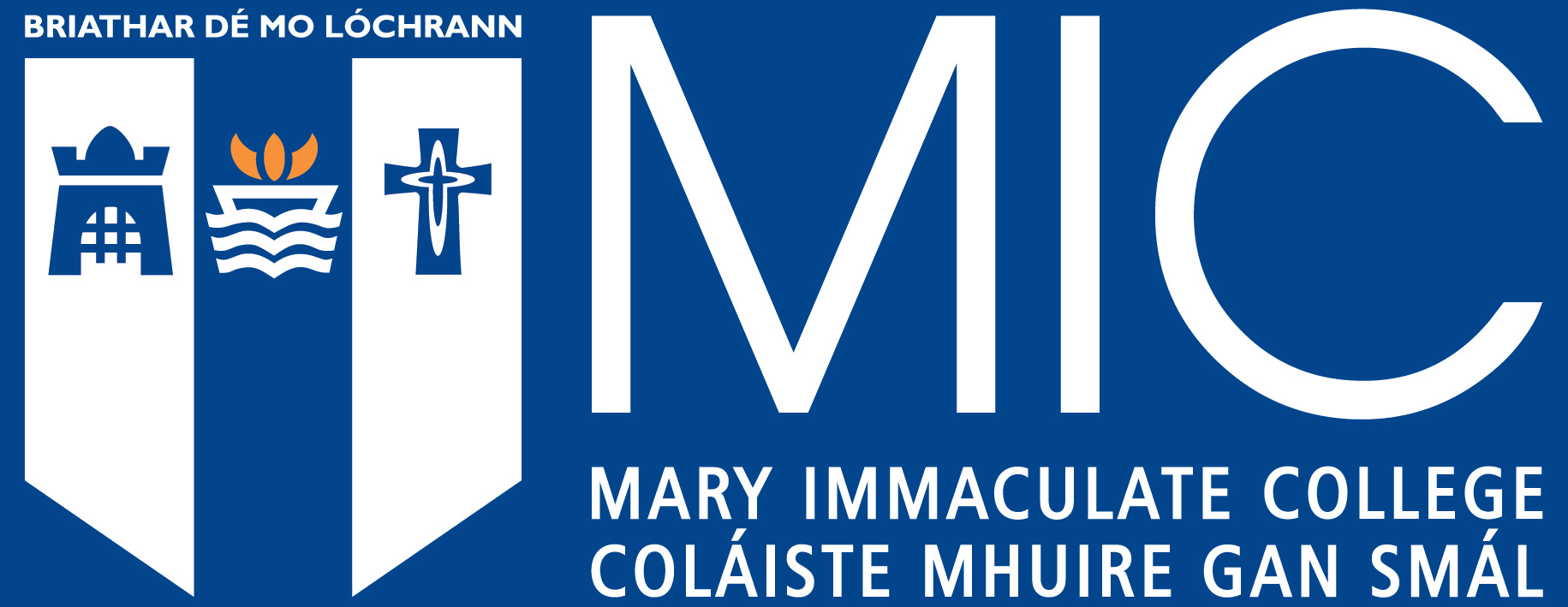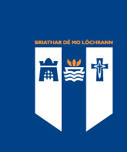Scene and heard: Exploring a jazz ensemble as a community of musical practice
Citation
Kenny, A. (2012). Scene and heard: exploring a jazz ensemble as a ‘community of musical practice’. ISME Commission for Community Music Activity, Corfu, Greece.
Kenny, A. (2012). Scene and heard: exploring a jazz ensemble as a ‘community of musical practice’. ISME Commission for Community Music Activity, Corfu, Greece.
Abstract
This paper explores a jazz ensemble as it formed a “community of musical practice” (CoMP). Underpinned by a constructionist worldview, the study focused on the concept of “situated learning” within an adult jazz music ensemble based in Ireland. In this way, individual and collective meaning making, experiences, learning processes, interactions, relationships, and development of “practices” within the jazz ensemble were examined in context. Through a qualitative case study approach, data from observations, video recordings, interviews and participant logs were gathered over nine-months. As the study centred on examining the complexities of social processes of learning through music, this extensive varied data collection ensured an in-depth investigation of the jazz ensemble “on the ground.” The “community of practice” (CoP) theoretical framework in particular underpinned the research in order to shape the interpretation and analysis of the data findings. Employing the conceptual tools within the CoP model, the study findings illuminated and attempted to explain the jazz ensemble practices, nature of musical engagement, varying types of membership, negotiation of shared goals and types of learning tools as experienced within this music community. Such insights highlight the importance of group music making opportunities where participation, shared learning, identity formation, diversity and sustained relationships are paramount.
Keywords
Communities of practiceMusic making
Practice
Ensemble
Participation


